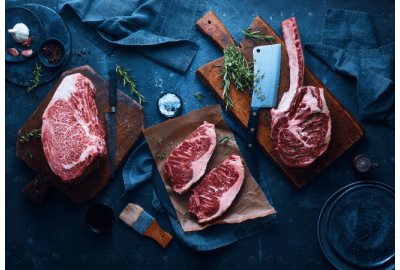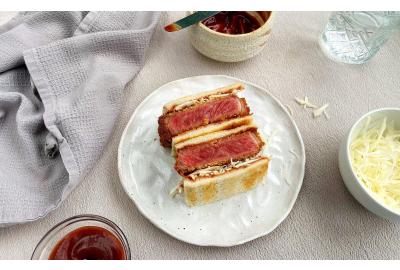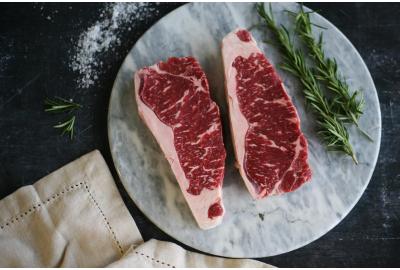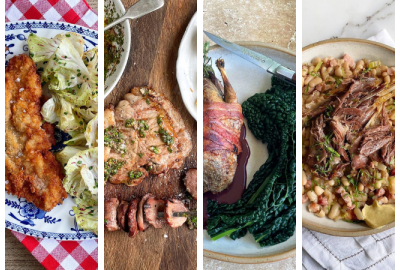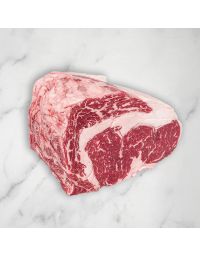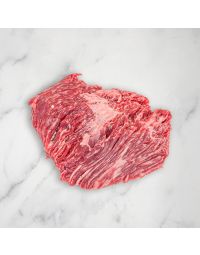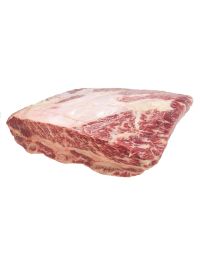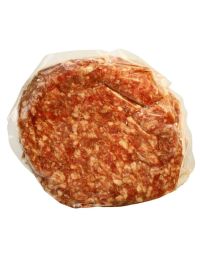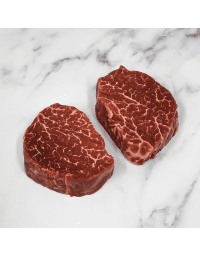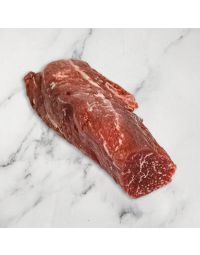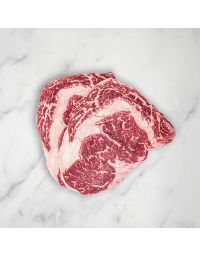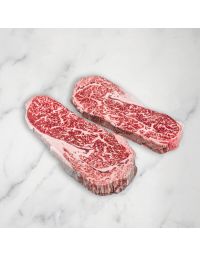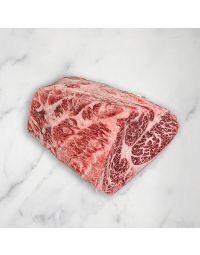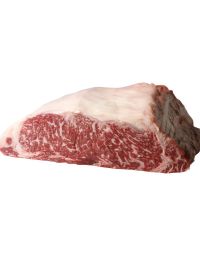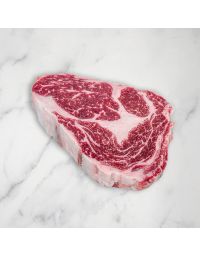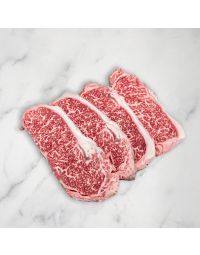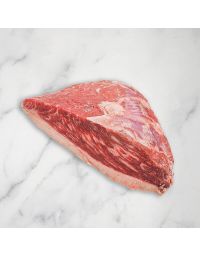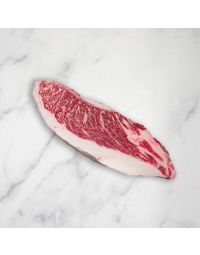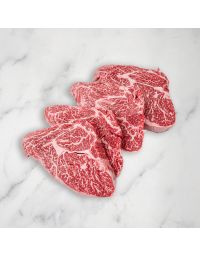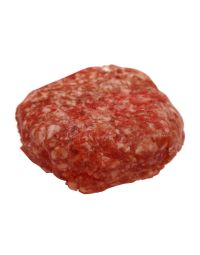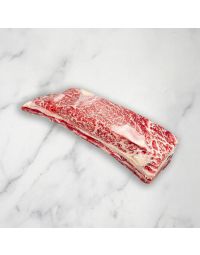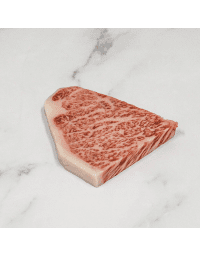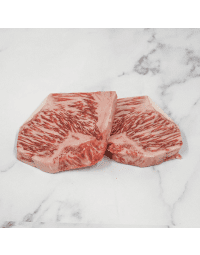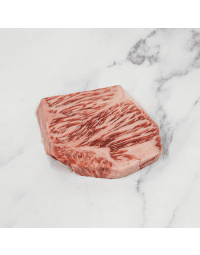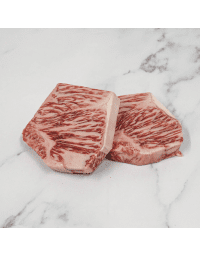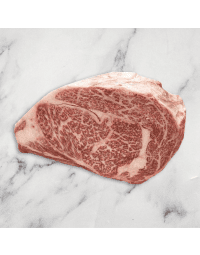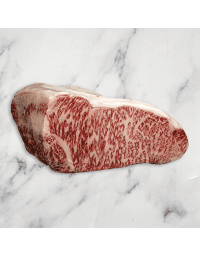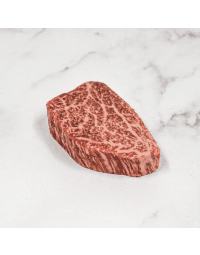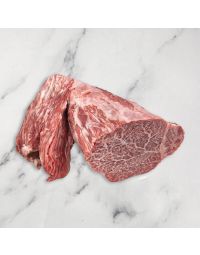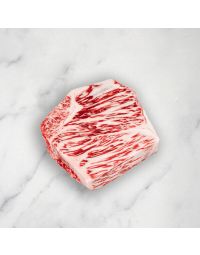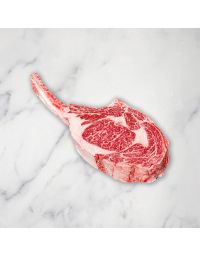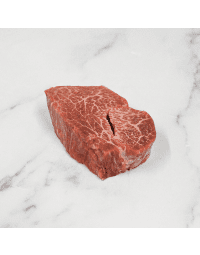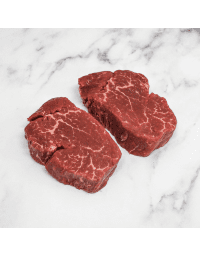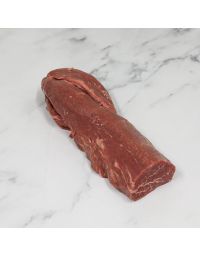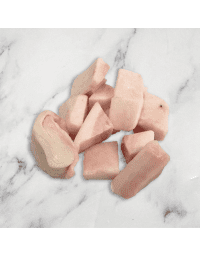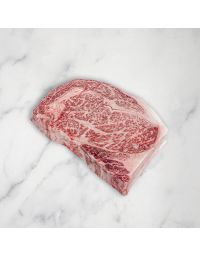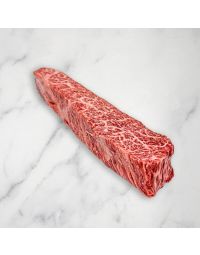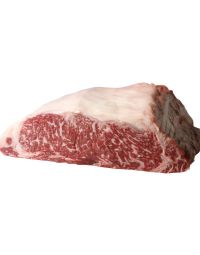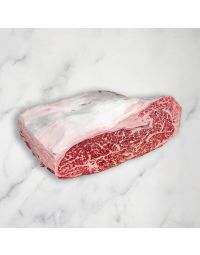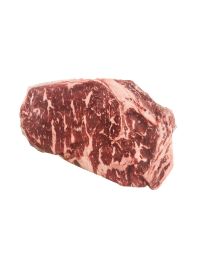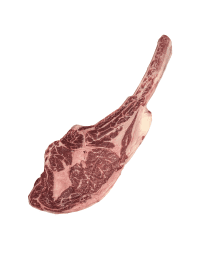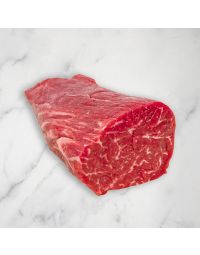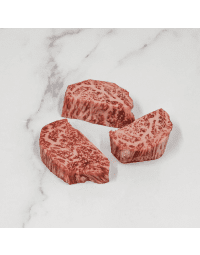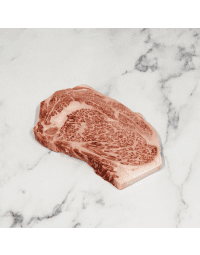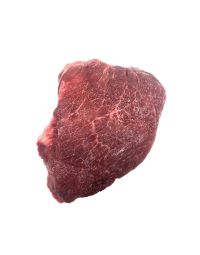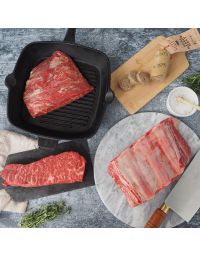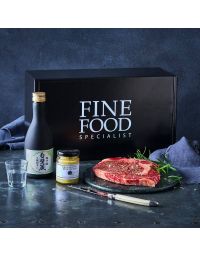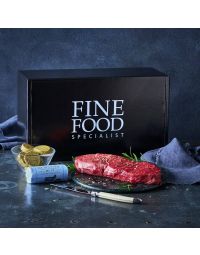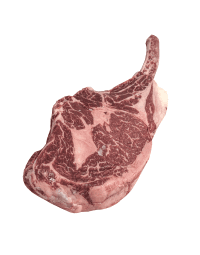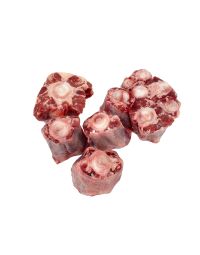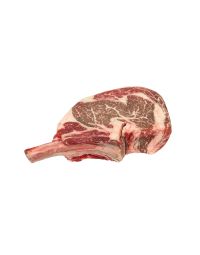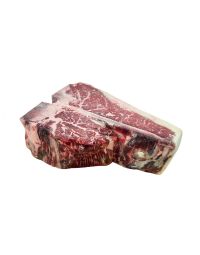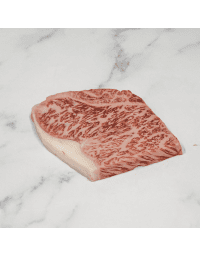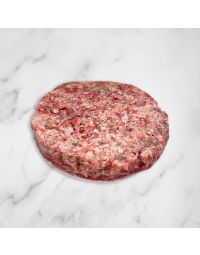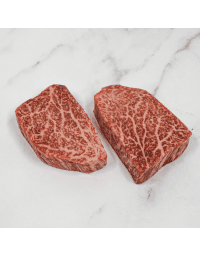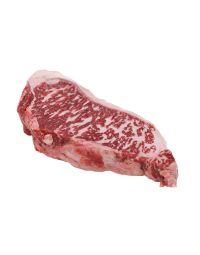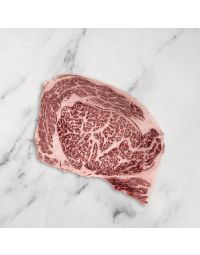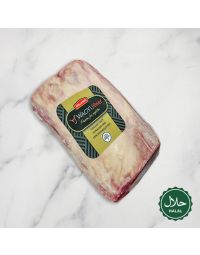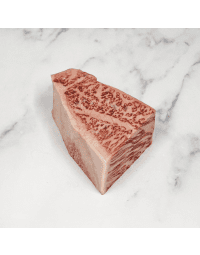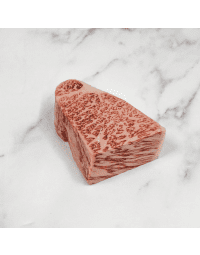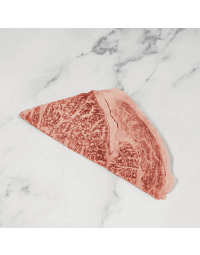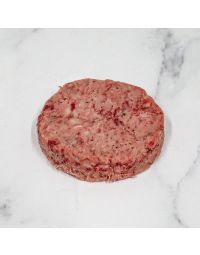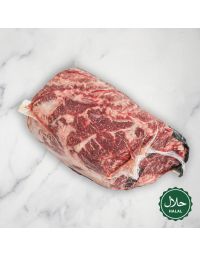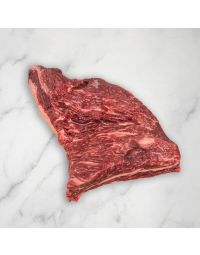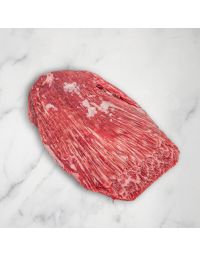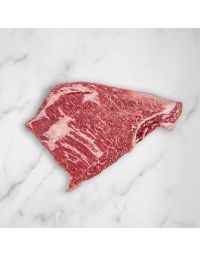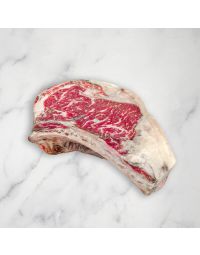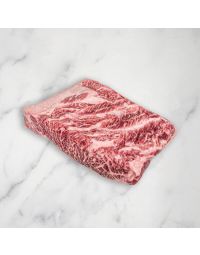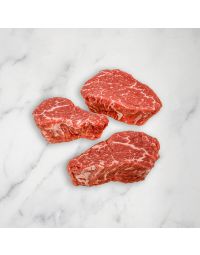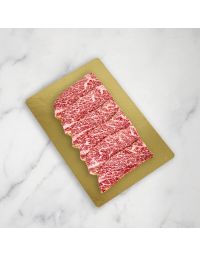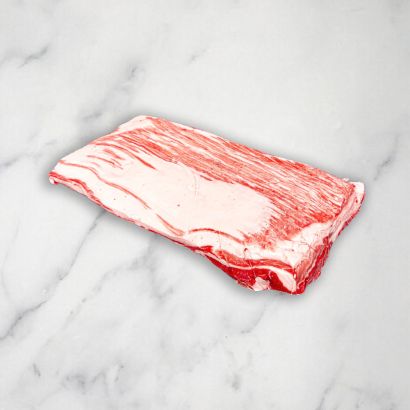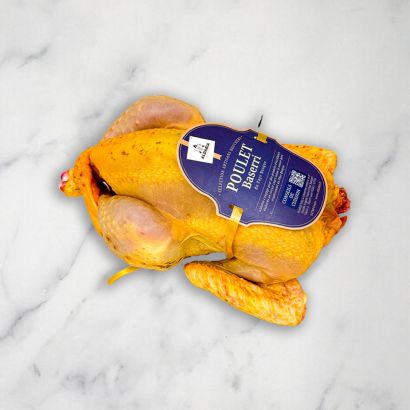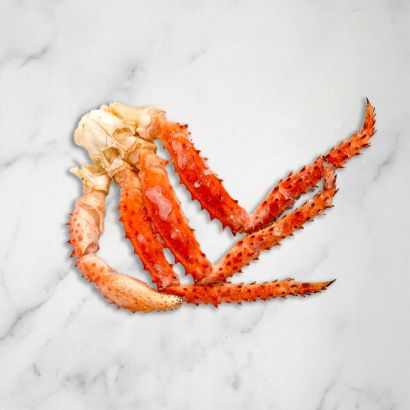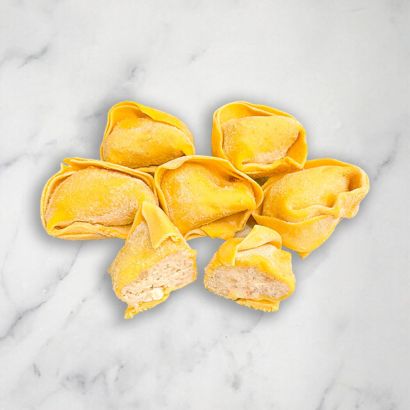Japanese Wagyu is sought after for its distinct marbling, tender texture, and unique taste. This beef has earned a reputation as a favourite among food enthusiasts, offering a dining experience that showcases quality, richness and indulgence. Whether you’re hosting a dinner or exploring something different when it comes to beef, Wagyu is a versatile option that consistently delivers on flavour.
Key Takeaways
-
Wagyu beef originates from Japan and is raised using meticulous breeding techniques.
-
Renowned for marbling and tenderness.
-
A5 Wagyu represents the top grade available.
-
Includes diverse cuts such as ribeye and sirloin.
-
Look for authentic certifications when purchasing.
-
Pairs well with wines and sake.
What Makes Japanese Wagyu Unique?
Wagyu cattle are raised under strict guidelines to ensure consistent quality. The diet, which includes grains and rice straw, enhances the beef’s marbling and flavour profile. This dedication results in meat that is buttery and flavourful.
Discover authentic Japanese Wagyu cuts to understand why it is considered some of the best beef in the world.
What is A5 Wagyu?
A5 Wagyu is the highest grade, evaluated on marbling, colour, texture, and fat quality. The result is beef that stands out for its tenderness and rich taste. Choosing an A5 ribeye or sirloin allows you to experience its full potential.
What Does Wagyu Mean?

The term ‘wagyu’ literally translates to Japanese cow, but also specifically refers to the four unique classes of purebred cows. Black (Kuroge), Brown (Akage), Shorthorn (Nihon Tankaku) and Polled (Mukaku) are the four native breeds. The common ancestor of these cows is the Tajima cattle which were predominantly used for farming and agricultural purposes as they are fantastic endurance animals. These strong breeds of cow were found to have a unique disposition to storing marbled fat inside the muscle tissue, which means that the delicious fat is nicely integrated throughout the muscle.
How Is Wagyu Beef Raised?

The rearing of Wagyu cattle is an art form. These animals are often raised in low-stress environments, with a carefully controlled diet of grains and grasses. While tales of massages and music are largely exaggerated, the attention given to these animals ensures that their meat reaches the highest quality. This exceptional care is reflected in the beef’s superior texture and flavour.
Regional Variations of Wagyu
Japanese Wagyu varies significantly based on its region of origin. Kobe beef, perhaps the most famous, is prized for its delicate flavour and smooth texture. Matsusaka beef offers a sweeter profile, while Omi beef is known for its balanced taste. Each region has unique practices that influence the final product, creating distinct flavour profiles worth exploring.
Learn more about these regional differences by browsing our curated selection of Wagyu.
What is the Difference between Wagyu from Japan and other Countries?
Each country has their own grading system for assessing the quality of the wagyu beef plus each farm will have their own unique set of conditions from climate to soil and even water supplies which can alter the taste of the beef. Wagyu farms place a huge emphasis on the environment in which the cattle are raised, and go to great lengths to ensure that the cows lead a stress-free and healthy life with plenty of space to roam around. Genetics also plays a huge part in the varying flavours of wagyu on the market. Wagyu was protected as a ‘national treasure’ by the Japanese government up until the 1970’s. Since then, wagyu breeds have been brought to Australia and Britain and have expanded into their respective beef industries. Japan has much more detailed grading assessments in comparison to Australia and the UK, placing a great emphasis on marbling and the purebred status of the cattle.
A Guide to the Different Cuts of Wagyu Beef
You may be familiar with the most popular cuts of beef such as sirloin, ribeye, and chuck, however there are many delicious varieties for you to explore on our site. Each cut offers a slightly different flavour and texture. Certain cuts may be optimally prepared to enjoy their unique qualities too. Scroll down for tips on how to best select and cook your cut of wagyu!
Different cuts offer unique textures and uses:
-
Ribeye: Known for its fat marbling and flavour.
The ribeye is another hugely popular cut of beef that comes from the middle of the rib, typically between the sixth and the twelfth. This is a heavily marbled cut with a channel of fat running through, creating the ‘eye’ of steak. The fat of the beef is what lends the steak much of its richness. The ribeye is best cooked to medium rare to allow the fat to render and create a depth of flavour.
-
Sirloin: A leaner option suitable for various recipes.
One of the most popular cuts of wagyu, the loin of the cow offers a rich, full-bodied taste that is truly incomparable. It is often heralded for offering the most characteristic flavours of wagyu, as it boasts the finest qualities associated with this type of Japanese beef. The marbling of the sirloin is beautiful, creating a buttery, melt-in-the-mouth experience. Sirloin is best prepared simply as a steak or for a shabu-shabu.
-
Filet: Highly tender and ideal for special meals.
-
Brisket: Perfect for slow-cooking dishes.
-
Tomahawk: A whole joint perfect for BBQ.
Tomahawk is a full ribeye steak with a French-trimmed rib bone. It is a real showstopper cut of wagyu and is perfect for special occasions when you want to impress, plus it is ideal for sharing. The bone is not only there for beautiful presentation, it also releases flavour when cooked. Due to the large size of this cut, we’d recommend searing and then roasting in the oven.
Browse fresh Wagyu selections to find a cut that matches your needs.
Why Is Wagyu Beef So Expensive?

Wagyu beef’s price tag reflects the time, care, and expertise invested in its production. From selective breeding to special feeding practices and rigorous grading systems, every step of the process is meticulously managed. Authentic Japanese Wagyu, particularly A5 grade, is limited in supply and highly sought after, driving up its cost. For those seeking an authentic experience, the price is well worth it.
Grading Systems and Marble Scores

The hallmark of Wagyu beef is its marbling – the intricate web of fat within the muscle. Unlike ordinary beef, where fat is found around the edges, Wagyu’s fat is distributed evenly throughout the meat. This marbling gives Wagyu its signature melt-in-the-mouth texture and rich flavour. Moreover, this fat has a lower melting point, which enhances its tenderness and creates an unforgettable dining experience.
Wagyu’s marbling isn’t just aesthetically pleasing; it’s also healthier than many think. The fat in Wagyu is high in monounsaturated fats and omega-3 fatty acids, which are known to support heart health. This unique fat composition sets it apart as an indulgence that can be enjoyed in moderation without guilt.
Tips for Buying Authentic Japanese Wagyu
Look for suppliers that provide certification to confirm the beef’s origin and grade. These documents ensure you’re buying genuine Wagyu, not an imitation. Trusted retailers like Fine Food Specialist offer verified options for consumers.
Additionally, pay attention to the fat distribution and texture when purchasing. Authentic Wagyu will display even marbling throughout, a hallmark of its quality.
Best Ways to Cook Wagyu Beef

Cooking Wagyu is all about simplicity. Its rich marbling means it cooks more quickly than regular beef, so it’s crucial to handle it with care. Here are a few tips to ensure you maximise its potential:
-
Keep it simple: Season with a sprinkle of sea salt and freshly ground pepper to enhance its natural flavour.
-
Avoid overcooking: Aim for medium-rare to medium for optimal tenderness.
-
Use the right tools: A hot grill or cast-iron pan ensures a perfect sear.
-
Rest before serving: Allow the meat to rest for a few minutes after cooking to lock in its juices.
For those new to Wagyu, starting with a classic ribeye or sirloin is an excellent choice. Pair it with simple sides to let the meat shine.
Wagyu Beef Recipe Ideas
Wagyu beef is a versatile ingredient that can bring a touch of something special to any dish. Here are some recipe suggestions to try:
-
Wagyu Sirloin with Chimichurri Sauce for a fresh and tangy pairing.
-
Wagyu Katsu Sando, a Japanese sandwich featuring crispy beef.
-
Wagyu Sirloin Pomegranate Salad for a lighter, vibrant meal.
Find more recipe ideas in Drogo’s Kitchen to make the most of your Wagyu cuts.
What to Pair with Japanese Wagyu
Wagyu’s rich flavour pairs well with bold wines like Cabernet Sauvignon or lighter options like Pinot Noir. For traditional pairings, dry sake is a classic choice. Champagne is another option that complements the beef’s taste with its refreshing acidity.
For non-alcoholic options, consider teas such as oolong or green tea, which cleanse the palate between bites and enhance the beef’s savoury notes.
Famous Chefs Who Love Wagyu
Wagyu has become a favourite among top chefs globally. Culinary icons like Gordon Ramsay, Heston Blumenthal, and Nobu Matsuhisa have incorporated Wagyu into their menus, highlighting its unique qualities in innovative ways. Ramsay often champions its use in steak dishes, while Nobu blends it with Japanese flavours to create iconic dishes like Wagyu tataki and sushi rolls. These chefs’ passion for Wagyu has further cemented its status as a sought-after ingredient.
FAQs About Wagyu Beef
How does the cattle’s diet impact Wagyu’s taste?
The diet of Wagyu cattle is carefully designed to enhance marbling and flavour, contributing to its unique texture and taste.
What are the differences between Wagyu from different regions?
Regions such as Kobe and Matsusaka have distinct production methods, which influence the beef’s taste and texture.
How should Wagyu be cooked at home?
Wagyu is best prepared with minimal seasoning and quick cooking methods to preserve its natural qualities.
What drinks complement Wagyu’s flavour?
Dry sake, red wines, or champagne all provide excellent pairings that balance the richness of the beef.
Are there creative dishes that use Wagyu?
Beyond steaks, Wagyu can be incorporated into sushi, hot pots, or gourmet burgers.
What are the common mistakes to avoid when cooking Wagyu?
Overcooking Wagyu is a frequent mistake, as it diminishes its tenderness. It’s best to cook it quickly at high heat and rest it before serving.
Why can’t you eat a lot of Wagyu beef?
Its rich flavour and high-fat content make it very satisfying, meaning small portions are ideal.
Why is Wagyu served in small portions?
Its intense marbling delivers a concentrated flavour, so a little goes a long way.
Are there Wagyu cows in the UK?
Yes, though British Wagyu differs slightly due to environmental and breeding factors.
Is it OK to eat Wagyu rare?
Absolutely. Its lower fat melting point makes it perfect for rare or medium-rare cooking.
How can you tell if Wagyu is real?
Authentic Wagyu often comes with certification detailing its origin and grade. Always buy from trusted suppliers like Fine Food Specialist.
Japanese Wagyu is celebrated for its unparalleled taste and texture. From its production to its preparation, every detail contributes to a dining experience like no other. Explore the range of Wagyu products available at Fine Food Specialist and discover the difference authentic beef can make.
Wagyu beef is more than just a premium cut of meat: it’s a reflection of tradition, care, and culinary heritage. Whether you’re enjoying it in a restaurant or preparing it at home, Wagyu is a memorable dining experience. Ready to explore the world of Wagyu? Try one of the recipes above or visit our guide to meat seasonality for more inspiration.
Transform your next meal with the exceptional richness of Wagyu.

